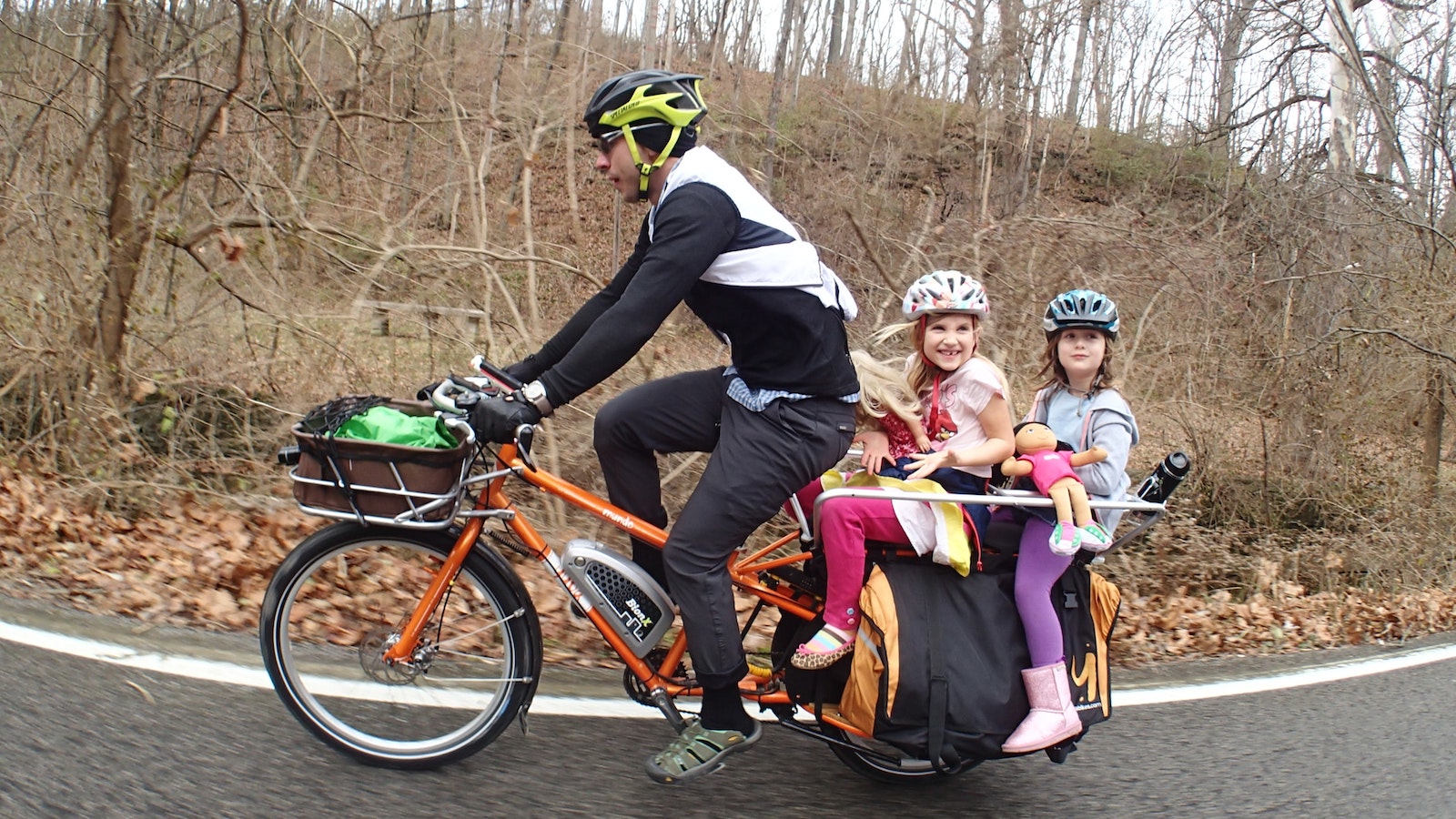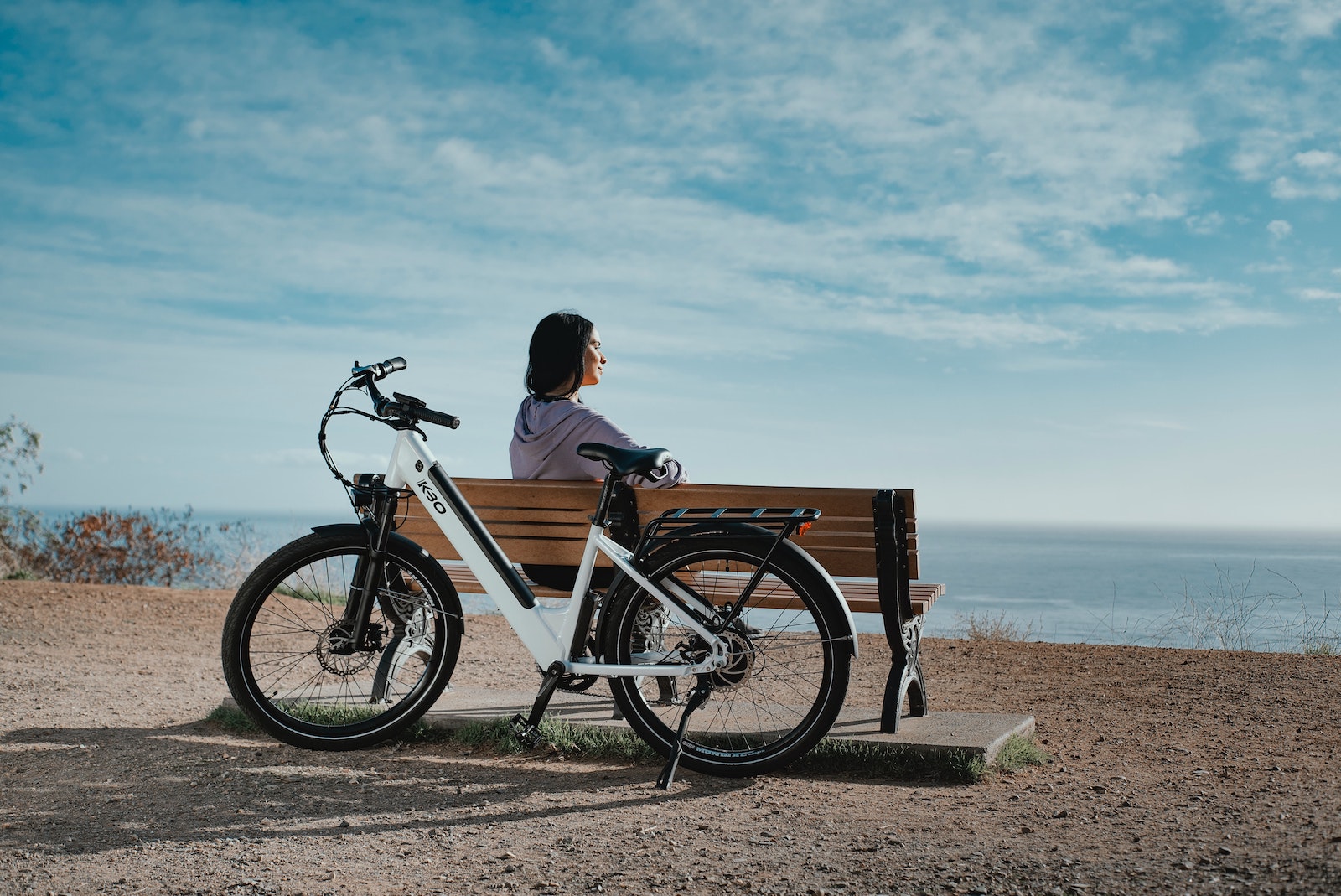With natural disasters linked to climate change on the rise, many of us wonder what we can do to lighten our environmental impact. Opting for an electric bike, or e-bike offers a fun, healthy option to reduce your daily carbon dioxide emissions.
E-bikes are becoming increasingly popular for trips normally taken by car, like commuting and running errands. They are also a great alternative to conventional bikes for those who live in hilly terrain or who are prevented from riding due to physical limitations. The e-bike market has expanded to meet this demand with new manufacturers, features, and price points, making them more accessible to the masses.
Now that you're motivated, what do you need to know when shopping for an e-bike?
1. Your Needs
First consider how you will use the e-bike. Will it be for short trips when weather permits or do you plan to sell your car and become a two-wheeled commuter?
Electric bikes come in a variety of styles, including classic road bikes, commuter bikes, mountain bikes, cargo bikes, and even folding versions for city dwellers with limited space. Take the time to consider your needs and what the bike's ideal usage will be. Cargo e-bikes are great options for families looking to eliminate car usage for commutes to school. Some options offer space to carry multiple kids!
“We bought our first e-bike in 2007 and we were hooked,” Diane Swann of Davis, California told us. “It is our primary means of transportation. We use our car for long-distance trips but for most destinations within 20 miles of home we use our bikes. About 75% of our miles are done by bike.”

Also consider the terrain where you will ride. Is it flat as a pancake or dotted with steep hills? This will help determine the type of battery and range you will need. If you live in an area without many paved roads, a gravel e-bike is another great option.
2. Availability
Many bike manufacturers have seen shortages due to pandemic-related production delays and an overall increase in demand for bicycles (biking is a great way to socialize distantly).
Try to find a bike shop where you can test ride a few options on the terrain where you will likely ride. Purchasing locally also ensures you can easily maintain your bike and have somewhere to go when you have questions. E-bikes are a financial investment and like cars, maintenance is an important component of keeping them running smoothly.
3. Size and weight
E-bikes typically weigh between 50 - 60 pounds. Try to choose a model that you feel comfortable maneuvering, both riding but also when you need to walk it. If you will need to carry it up stairs, make sure it is a weight you feel comfortable lifting.
Be honest about your own comfort. Buying a bike that is uncomfortable will most likely gather dust.
4. Power Source, Range, and Battery
E-bikes employ a combination of manual pedaling, pedal-assist, and throttle-assist modes. Most states in the U.S classify e-bikes into three categories:
- Class One: Pedal-assist only, with a maximum assisted speed of 20 mph.
- Class Two: Same as Class One but with a throttle-assist.
- Class Three: Pedal-assist only, no throttle, and a maximum assisted speed of 28 mph.
Motors are mounted on either the hub, offering a quiet ride but less ease on hills or on the crank which is great on hills but loud on the ears.
A bike’s range is affected by a number of factors, including how hilly the terrain is, how often you start/stop, rider weight, and wind resistance. When trying to calculate this important figure, discuss with the manufacturer or shop to find a battery that fits your needs.
Most e-bikes use a form of lithium-ion batteries, which are quick to charge and relatively lightweight. Stronger batteries generally weigh more but will increase the potential range of the bike.

5. Price
E-bikes come at a variety of price points starting from around $500 up to more than $7000. Like most products, you get what you pay for. A bike’s price point often determines the quality of the good and how often you will need to maintain it.
Many less expensive versions purchased online are known to break easily and the batteries tend to lose their charge quickly over time. Going with a battery from a reputable brand is always a good investment as they often have more rigorous testing to ensure quality standards.
Again, consider your needs for the bike. If you imagine using it daily for commutes to the office, invest in a quality model.
Once you’ve chosen the e-bike of your dreams and are calculating your carbon dioxide reductions, make sure you have a suitable lock and helmet. Also take the time to learn about the bicycle infrastructure in your area. Local and national advocacy groups, like PeopleForBikes and the San Francisco Bicycle Coalition share resources on rebates and maps for better commuting. It’s also a great way to get involved in the bicycle community in your area and help shift transportation policy to allow for safer riding.
